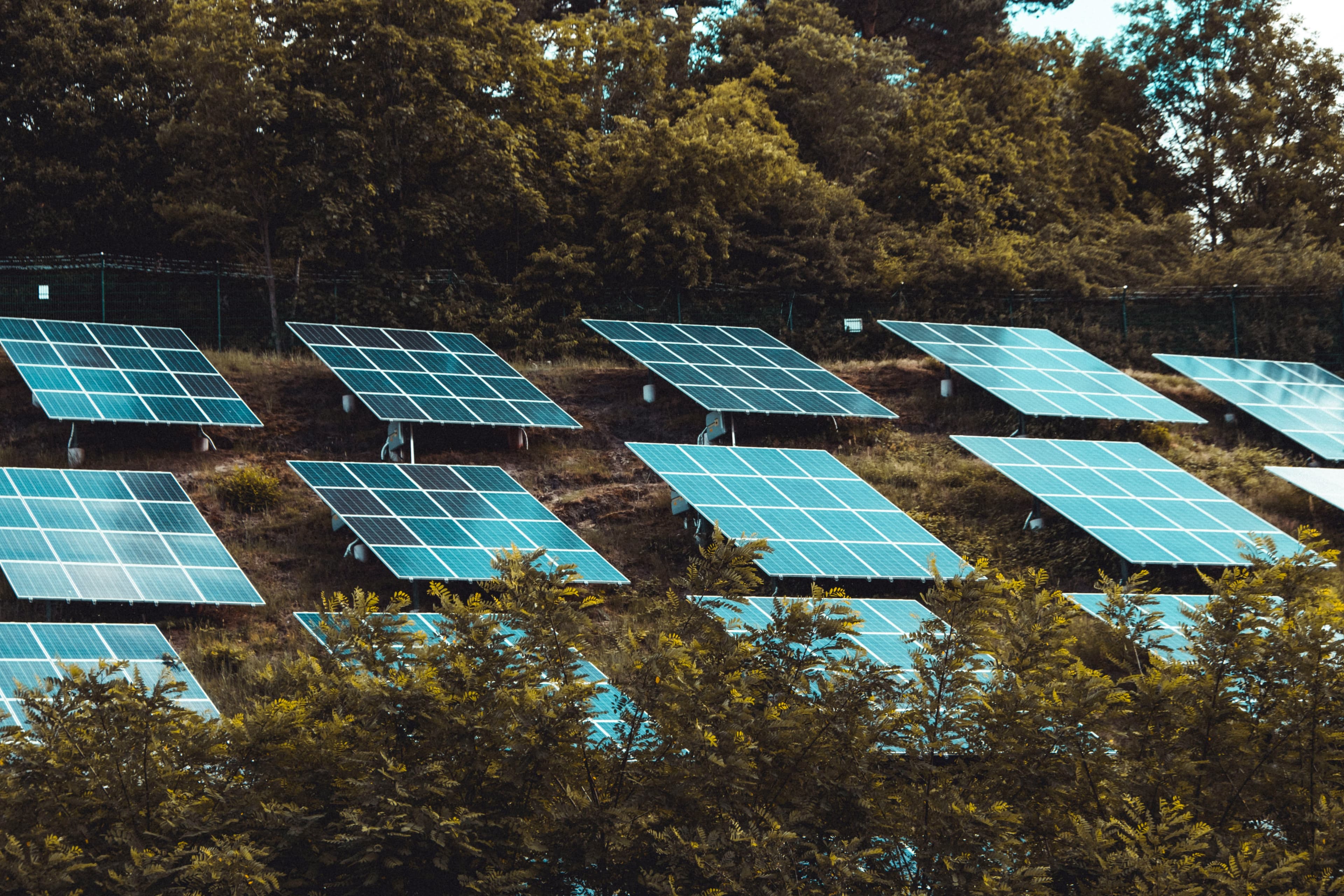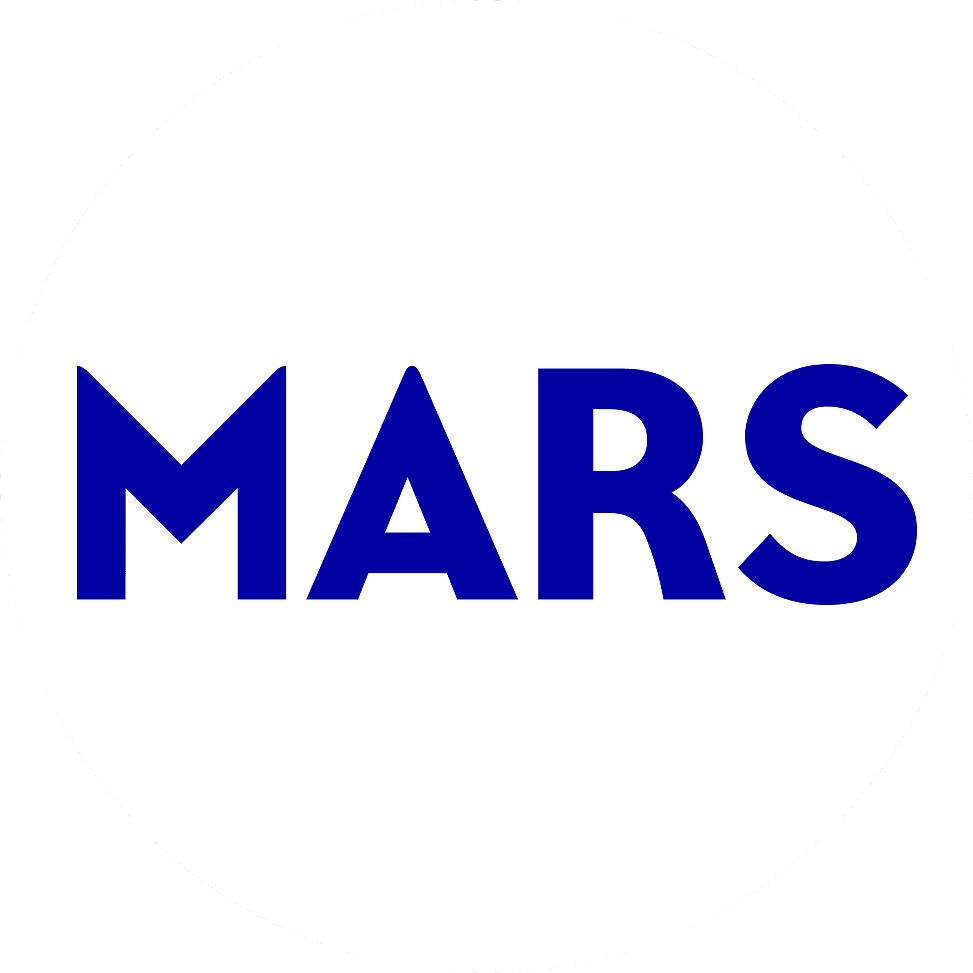
Accelerate renewables across value chains
 Mars
MarsSummary
Source 7 TWh of renewable electricity to cover value chain, reducing ~3 MtCO₂e (10% of GHG emissions)
Key resources
Context
Mars, a global player in the food, Petcare, and confectionary sector, faces a significant Scope 3 emissions challenge, with electricity use across suppliers, upstream producers, and downstream consumers contributing roughly 10% of its total value chain footprint (~3 MtCO₂e). Conventional supplier engagement is slow and resource-intensive, limiting the speed and scale of renewable adoption. To accelerate decarbonization, Mars is implementing Renewables Acceleration (RAcc), a strategy that covers electricity across the full value chain with renewable energy. This approach allows the company to rapidly increase demand for renewable generation and address emissions that cannot be efficiently managed through direct supplier or consumer engagement alone.
Solution
Mars launched Renewables Acceleration (RAcc), a structured initiative to cover electricity across its full value chain, including suppliers, upstream producers, and downstream consumers. The initiative addresses approximately 7 TWh of electricity use, corresponding to ~3 MtCO₂e, or 10% of the company’s total value chain footprint.
RAcc operates by identifying all electricity consumed throughout the value chain and applying Environmental Attribute Certificates (EACs) aligned with recognized renewable standards to each megawatt-hour of consumption. As a specific example, the initiative accounts for electricity used in consumer-level product preparation, such as microwaving rice products. The initiative also establishes a framework for enabling EAC retirements for suppliers, facilitating more precise emissions tracking, supporting collaborative decarbonization efforts, and creating incentives for suppliers to increase their use of renewable electricity.
By consolidating electricity demand across multiple tiers and applying large-scale renewable procurement, RAcc allows Mars to implement a scalable and auditable approach to value chain decarbonization that goes beyond conventional supplier engagement methods.
Impact
Sustainability Impact
Climate
The initiative targets Scope 3 emissions associated with electricity use across Mars’ full value chain, including suppliers, upstream producers, and downstream consumers. The initiative addresses approximately 3 MtCO₂e, representing ~10% of Mars’ total value chain footprint, covering ~7 TWh of electricity.

Scope 2 emissions, which correspond to Mars’ own electricity consumption in factories, offices, and clinics, are already largely addressed through conventional renewable procurement under existing commitments. RAcc complements these Scope 2 strategies indirectly by increasing overall demand for renewable electricity across the markets in which Mars operates, particularly in the United States.
By retiring Environmental Attribute Certificates (EACs) aligned with recognized renewable standards, RAcc enables verifiable reductions in reported Scope 3 emissions and supports a scalable, auditable approach to value chain decarbonization.
Business Impact
Benefits
The initiative enables large-scale, efficient renewable procurement, consolidating electricity demand across multiple tiers of suppliers and downstream customers.
The initiative reduces the need for time and resource-intensive direct engagement with suppliers and consumers.
By accelerating renewable adoption, Mars can achieve Scope 3 emissions reductions more rapidly, supporting Net Zero commitments and strengthening credibility with stakeholders
It also provides a framework for supplier collaboration, improving data collection and potentially enabling further decarbonization initiatives
Costs
Implementing the initiative involves managing large-scale renewable electricity procurement and retiring Environmental Attribute Certificates (EACs) across the value chain. Costs are influenced by the scale of electricity demand, complexity of value chain mapping, and administrative effort. Centralizing procurement and leveraging large-scale renewable contracts helps maximize efficiency and reduce overhead.
Implementation
Typical business profile
Renewables Acceleration (RAcc) is most relevant for large, credit-worthy companies with:
Complex, multi-tiered value chains where electricity use spans suppliers, upstream producers, and downstream consumers
Significant Scope 3 electricity emissions, including use-phase emissions at the consumer level
Existing commitments to renewable energy and Net Zero targets, such as RE100 members
Operations in regions with renewable electricity procurement opportunities, including, but not limited to, the United States and Europe
The initiative is applicable across sectors with dispersed electricity demand and a desire to accelerate renewable adoption beyond direct supplier engagement.
Approach
Mars’ Renewables Acceleration (RAcc) can be implemented through the following steps:
1. Map value chain electricity use
Identify electricity consumption across suppliers, upstream producers, and downstream consumers, including use-phase electricity at the consumer level.
Use life cycle analysis (LCA) data, emission factors, and primary supplier data where available.
2. Calculate Scope 3 electricity emissions
Quantify emissions associated with each megawatt-hour of electricity in the value chain.
Determine the portion of Scope 3 emissions that can be addressed through renewable procurement.
3. Determine EAC requirements
Match electricity use to Environmental Attribute Certificates (EACs) in line with recognized renewable standards.
Adjust quantities if suppliers have already procured renewable electricity.
4. Procure and retire EACs
Centralize renewable procurement for the full value chain.
Retire EACs to cover the identified electricity consumption, ensuring verifiable reductions in Scope 3 emissions.
5. Communicate and coordinate with suppliers
Optionally inform suppliers about EAC retirements to enhance data accuracy and enable collaborative decarbonization efforts.
6. Monitor and refine
Track emissions reductions and procurement efficiency.
Update value chain mapping as additional primary data becomes available.
Stakeholders involved
Stakeholders involved include:
Project Leads:
Internal Mars corporate sustainability team responsible for designing and executing the Renewables Acceleration initiative.
Company Functions:
Procurement: Lead and source renewable projects and coordinates with suppliers.
Operations: Provides energy use data across factories and product lines.
Sustainability: Oversees value chain mapping, greenhouse gas accounting, life cycle analysis, and reporting.
Main Providers:
Renewable energy developers supplying large-scale electricity projects.
Providers of Environmental Attribute Certificates, such as Renewable Energy Certificates, Guarantees of Origin in the United Kingdom, and Guarantees of Origin in the European Union.
Other Stakeholders:
Suppliers: Provided electricity usage data for the value chain.
Downstream customers: Included in the value chain electricity accounting for scope three emissions.
Key parameters to consider
Key parameters to consider include:
Initiative maturity: Renewables Acceleration is a strategy applied by sophisticated, large-scale, credit-worthy buyers. It is positioned as complementary to existing supplier engagement programs.
Scope coverage: Targets electricity use in the full value chain, including upstream suppliers and downstream customers, which is part of Scope 3 greenhouse gas emissions.
Dependence on accurate data: Requires detailed life cycle analysis or primary data from suppliers and customers to calculate electricity use.
Electricity disaggregation: Can only be applied once electricity use can be disaggregated to a sufficient level
Geographic relevance: Can be applied in regions where renewable electricity procurement and Environmental Attribute Certificates are recognized.
Complementarity: Does not replace other decarbonization strategies and works alongside direct supplier engagement.
Implementation and operations tips
Implementation and operations tips:
Supplier engagement: Suppliers may not need to be directly involved, but the initiative can be used as an incentive for collaboration and to gather primary emissions data.
Complementarity: Combine Renewables Acceleration with other decarbonization strategies, such as energy efficiency or direct supplier engagement, for maximum impact.
Long-term management: Continue updating electricity usage data and disaggregating emissions to expand the initiative’s coverage over time.
Going further
External links
Mars Partners with Clean Electricity Suppliers for Innovative Strategy to Cover Full Value Chain with Renewables | Mars Global (Sept 11, 2025)
Mars Signs First Renewable Energy Contract in Europe (Oct 7, 2025)